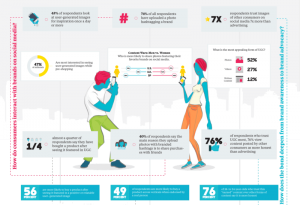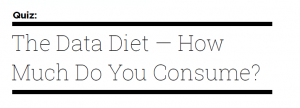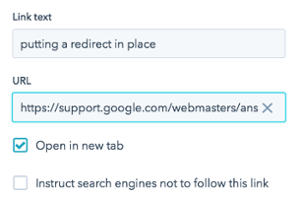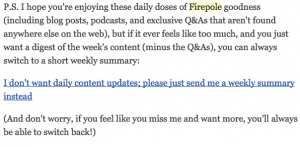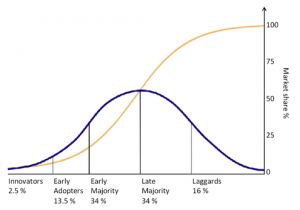It’s getting more difficult to get in front of fans on Facebook without using ads; it’s true. All is not lost, though. One of the factors Facebook uses to determine which fans will see your content is affinity, which takes into consideration how engaged fans are with your brand.

In a recent column, I shared 13 ways for marketers to beat the Facebook algorithm and as you may notice, most of those tactics were designed to help make your content catchier and more interesting – more engaging. Now, let’s have a look at three publishing features you can use to drive shares, comments and likes in your Facebook posts, engaging fans and showing Facebook just how relevant and awesome you are.
1. Post End Date
This new feature, which removes out of date posts from Newsfeed but allows them to continue displaying on your Page, launched at the end of 2014. As you set up your post, you can also choose a date for it to stop showing in the Newsfeeds of your users.

This is a great feature to use for limited time offers, time-sensitive news, flash sales and more. It’s particularly useful if you’re publishing more than once or twice a day and don’t want to compete against yourself in the Newsfeeds of your fans.
This feature is currently available only on desktop to Pages that have enabled the Targeting and Privacy settings.
2. Interest Targeting
If you’re not using Interest Targeting for your organic posts yet, you’re missing out! This new-ish feature allows you to get your content into the Newsfeeds of specific segments of your fan base, based on their expressed interests.
Retailers can use this to display category-specific items to audience segments; for example, people with Parenting as an Interest may make a good audience for a post about children’s clothing or toys. You can also combine Interests to get more granular with your targeting. A luxury beach resort, for example, could choose to target people who like different luxury brands, vacations, water sports, etc.

The key here is figuring out who your target audience is for a particular post, and using interests to define their characteristics.
Using Interest Targeting helps you give your relevance a boost by homing in on the right audience, but also by excluding those who aren’t likely to find your content relevant.
3. API Updates – AppLinks, Video & More
At their recent F8 developers conference, Facebook unveiled a ton of API updates. Two in particular caught my eye as most impactful for businesses: Video API updates and the new deep-page links for apps.
Facebook now offers enhanced video publishing controls for media companies, brands and others publishing video. Among them, you can restrict your video-viewing audience by age, gender and location, or publish straight to the page without displaying the video in Newsfeeds. A beta feature allows brands to set an expiry date for a video, but keep access to the analytics after it comes down.
Applinks allow you to promote content within your company’s app and actually send people right to it from your post, instead of sending them to a download page. It’s a great way to boost engagement not only with your page, but with your app, as well.
Facebook has offered this app deep-linking feature to advertisers, so it’s great to see the same functionality available organically to Page owners. It just didn’t make sense that when you wanted to promote something specific within your app – say, a specific product in an online store app – all you could do was send people to the download page. Deep linking is hugely powerful for any business with an app.
If you’re ready to take it to the next level and boost your organic performance with Facebook Ads, check out my 5 Ridiculously Powerful Facebook Ad Targeting Strategies.
(201)
Report Post
